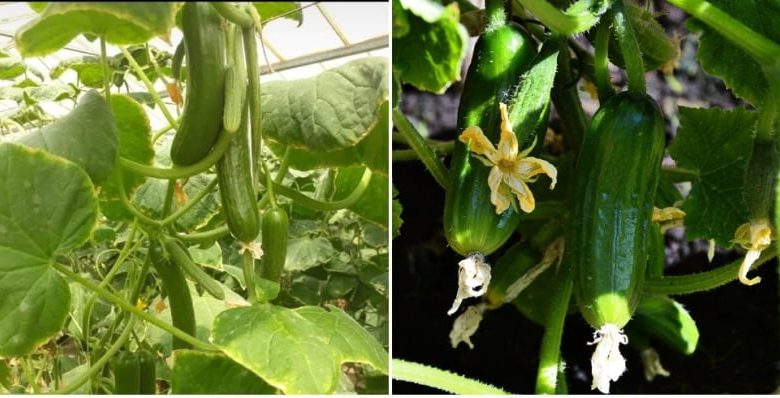Cucumber Cultivation Information In India with Guidance
Cucumber Cultivation Information In India

Cucumber has a different important place in pumpkin crops. It is produced across the country. Cucumbers are in great demand in the market during summers. It is mainly eaten raw as a salad with food. It provides coolness from heat and fulfills the lack of water in our bodies. Therefore, its consumption in summer is said to be very beneficial. Considering the market demand for cucumber in summer, good profit can be earned by cultivating it in the Zayed season. So let’s know about the important steps of cucumber cultivation so that more production can be achieved.
Climate and Soil
Although cucumber can be grown in sandy loam and heavy soil, it is suitable for cultivation in sandy and loamy soil with good drainage. The pH value of the earth for cucumber cultivation should be between 6-7. Its cultivation is good in high temperatures. And this sail cannot bear it. Therefore, it is good to cultivate it in the Zayed season.
Cucumber Sowing Time
For the summer season, it is sown in February and March. For the rainy season, it is sown in June-July. Whereas in hilly areas, it is planted in March and April.
Cucumber Land Preparation
To prepare the field, the first ploughing should be done with soil turning plough, and 2-3 ploughings should be done with indigenous plough. Then, the soil should be levelled by making it brittle by applying 2-3 times.
Seed Treatment
The quantity of 1.0 kg seed is sufficient for one acre of field. Keep in mind that before sowing, to protect the crop from pests and diseases and to prolong life, treat with suitable chemicals.
Method of Sowing
First of all, prepare the field and make a drain about 60-75 cm wide at 1.5-2 meters. After this, 1-1 m near the weir on either side of the drain.
Manure and Fertilizers
15-20 days before the preparation of cultivation, mix rotten cow dung at the rate of 20-25 tonnes per hectare. At the last ploughing of cultivation, 20 kg nitrogen, 50 kg phosphorus and 50 kg are applied. Next, fertilizers containing potash are added. Then 40-45 days after sowing, top dressing is applied at the 30 kg nitrogen per hectare rate in the standing crop. To maintain the crop quality and growth, you can power weeder to remove unwanted weeds. Power weeder price is also suitable for a farmer’s budget.
Irrigation
Due to the high temperature in Zayed, relatively more moisture is required. Therefore, light irrigation should be done every week during the summer days. Irrigation during the rainy season depends on rainfall. In summer, crop irrigation is required for 4-5 days. If there is no rain in the rainy season, irrigation is needed. If you have small land, then you can use sprays for irrigation or spraying pesticides. A sprayers price is completely affordable for farmers.
Weeding
Weeds should be kept in the field with the help of khurpi or ho. In summer, crop 2-3, weeding and hoeing should be done at an interval of 15-20 days, and in rainy season 4-5, weeding is required at 15-20 days. Soil should be applied to the roots for the rainy season crop.
Yield
It starts giving fruit about two months after sowing. When the fruits become soft, and of good size, they are carefully plucked from the vines and separated. Like this per hey. 50 -60 quintals of fruits can be obtained.
Stay with us for more information.


